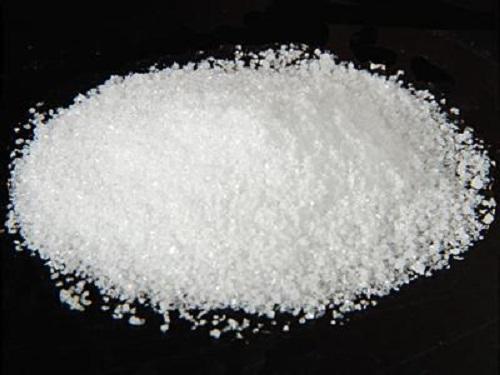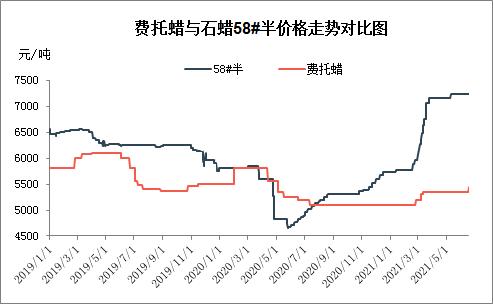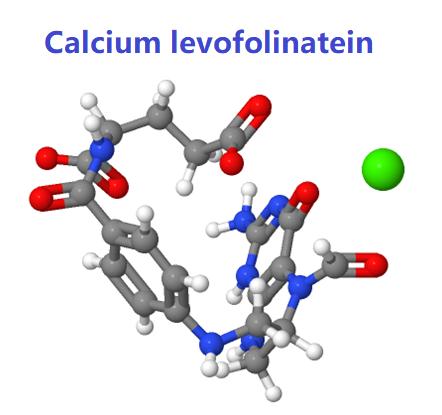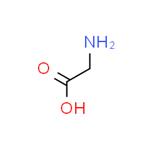Glycine:Function and Production
Aug 3,2021
Glycine, the simplest amino acid, obtainable by hydrolysis of proteins. Sweet-tasting, it was among the earliest amino acids to be isolated from gelatin (1820). Especially rich sources include gelatin and silk fibroin. Glycine is one of several so-called nonessential amino acids for mammals; i.e., they can synthesize it from the amino acids serine and threonine and from other sources and do not require dietary sources.

Function
The amino acid glycine plays a key role in maintaining a healthy central nervous system (CNS). It is considered one of the most important inhibitory neurotransmitters in the CNS, particularly in the brainstem and spinal cord. Studies show glycine can help improve memory retrieval in individuals with a wide variety of sleep-depriving conditions, such as jet lag and overwork. The benefits of glycine are not just limited to the CNS. Glycine also plays a key role in phase II liver detoxification by having a direct effect on toxin elimination or by increasing the level of glutathione. Glycine also helps modulate cytokines associated with obesity.
Glycine is one of three amino acids needed to produce creatine, which in turn supplies energy to muscle and nerve cells. The other two amino acids are arginine and methionine. High concentrations of glycine are found in the muscles, the skin, and other connective tissues. Approximately 30 percent of collagen is composed of glycine.
Production
Although glycine can be isolated from hydrolyzed protein, this is not used for industrial production, as it can be manufactured more conveniently by chemical synthesis. The two main processes are amination of chloroacetic acid with ammonia, giving glycine and ammonium chloride,and the Strecker amino acid synthesis,which is the main synthetic method in the United States and Japan.About 15 thousand tonnes are produced annually in this way.
Glycine is also cogenerated as an impurity in the synthesis of EDTA, arising from reactions of the ammonia coproduct.
- Related articles
- Related Qustion
- Efficacy and mechanism of glycine in improving sleep quality Jan 7, 2025
Glycine is a non-essential amino acid that plays an integral role in excitatory and inhibitory neurotransmission via N-methyl-D-aspartate type glutamate receptors and glycine receptors.
- Glycine: Properties, Physiological Activities and Targets Oct 28, 2024
Glycine, the smallest amino acid, is essential for protein synthesis, pain modulation, and neurotransmission, playing diverse roles in cellular activities.
- Glycine: Dietary sources, Supplements and Benefits May 27, 2024
Glycine is the smallest protein amino acid, a non-essential amino acid that occurs naturally in humans, animals and many mammals.
The Fischer-Tropsch wax market, which is still calm today, has seen waves, the price has risen by 100 yuan/ton, and the transaction price of the refined wax market is 5400-5450 yuan/ton.....
Aug 3,2021Food AdditivesLevoleucovorin calcium is mainly used as an adjuvant drug for tumor chemotherapy in addition to megaloblastic anemia caused by various reasons.....
Aug 4,2021APIGlycine
56-40-6You may like
- Diosgenin:Uses,Functions and Synthesis
Dec 12, 2025
- Biosynthesis of Cyclopamine from Cholesterol
Dec 10, 2025
- Synthesis of ribociclib
Dec 10, 2025









